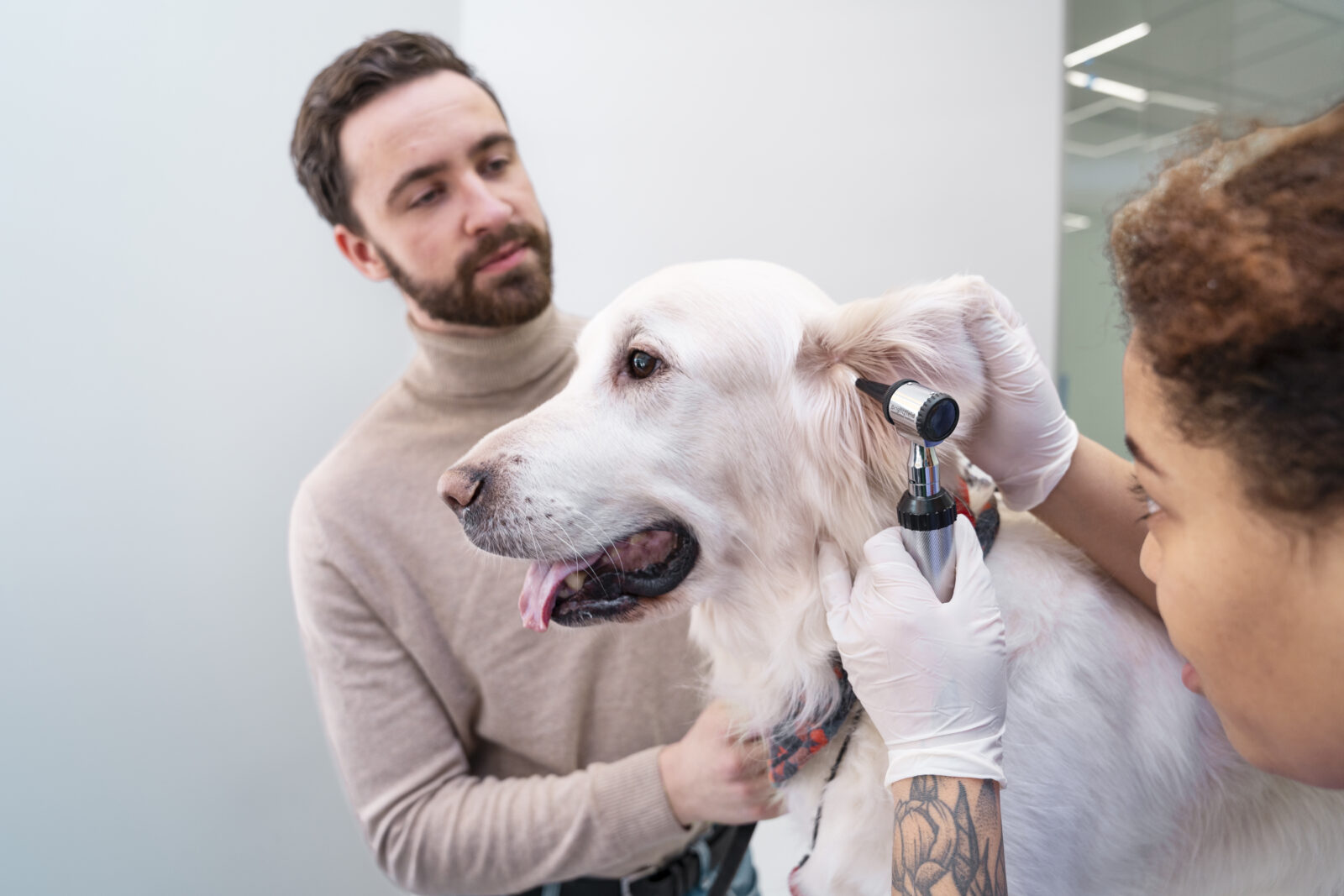In the fast-paced and stressful world of veterinary medicine, conflicts are inevitable. Very often these disagreements involve upset or angry clients who make statements like “you’re only in it for the money” or “you should have been able to figure out my pet’s problem by now”. When our self-image is challenged, particularly with accusations of being motivated solely by financial gain or not being competent in our veterinary role, it can trigger intense emotions. These emotions, if not handled properly, can hinder productive conversations with clients.

Statistics on the Impact of Negative Client Interactions
Conflicts with clients are not just professional hurdles; they also have a profound impact on the emotional wellbeing of veterinary teams. In 2022, an online survey published in the Veterinary Record examined the experiences of more than 250 veterinary team members, including veterinarians, nurses, and support staff. The results indicated that instances of client incivility, such as verbal abuse and disrespect, were linked to burnout and symptoms of depression or anxiety among the veterinary team. This correlation was attributed to the concept of emotional labor, common in client-facing industries, where team members are expected to display positive emotions while suppressing their own negative feelings, contributing to poor wellbeing and burnout.
The following are strategies and tactics to manage conflicts effectively, focusing on understanding the client’s perspective, examining the veterinary team member’s role in the problem, questioning assumptions, reframing thoughts, and using statements that reestablish connection.
1. Focus on the Client’s Intentions: They Want What’s Best for Their Pet
In the midst of conflicts, it’s crucial to shift our focus towards understanding the client’s intentions. Recognize that they want what is best for their pet. This assumption of good intent can serve as a common ground and help diffuse the emotional tension.
2. Focus on the Facts: Uncover Legitimate Concerns
Delve into the facts surrounding the conflict. Did the client’s bill exceed their estimate? Was there an unforeseen complication? Have they been waiting exceptionally long? By concentrating on concrete details, we can address legitimate concerns and provide clarity for everyone involved.
3. Examine Your Role in the Problem: Self-Reflection Matters
Take a moment for self-reflection. Was something miscommunicated? Were all potential outcomes adequately explained? Are the client’s expectations realistic or do they need correcting? Understanding our role in the conflict is essential for effective resolution.
4. Question Your Assumptions: Dig Deeper into the Underlying Causes
Challenge assumptions about the client’s anger. It is easy to write off a client as “angry” or “difficult”, but for most people, anger is not a primary emotion. It often masks underlying emotions like frustration about having to wait, grief about a pet’s diagnosis, or humiliation over not having money to cover the veterinary bill. Be curious about what’s beneath the surface and seek to understand their behavior.
5. Reframe Your Thoughts: Detach and Refocus
It’s important to reframe our thoughts during conflicts. With rhetoric on social media accusing clients of mistreating veterinary teams, it is easy to become defensive and lash out during conflicts. Recognize your internal emotional response, but avoid judging or blaming the client for your experience. Understanding that our responses and experiences are within our control can empower us to navigate conflicts more effectively.
6. Addressing Aggressive or Disrespectful Behavior: Stay Calm and Set Boundaries
Remain calm in the face of aggression or disrespect. Interrupt verbal attacks by repeating the person’s name, then establishing a boundary. Communicate that you are willing to engage in a courteous conversation when they are ready. For example, “When you’re ready to speak to me with respect, I’ll take all the time that is needed to go over Fluffy’s case with you.”
7. Clients That Argue: Cultivate Curiosity and Acknowledge Opinions
If the client isn’t listening to your explanations or suggestions, get curious about their thoughts and beliefs. Acknowledge their opinions and emphasize that their perspective is important, no matter how off-base it might seem. Phrases like “What are your thoughts…” or “I want to know what you think…” can open up communication.
8. After an Explosive Outburst: Pause, Acknowledge, and Express Concern
In the case of an explosive outburst, take a pause and then continue as calmly as possible. Use the client’s name, express genuine concern, and acknowledge their emotions. For example, “Janet, I know you’re angry, and I want to help.”
9. When Clients Shut Down: Use Open-Ended Questions and Empathy
If the client is uncommunicative or “shuts down” when you are speaking to them, ask open-ended questions such as “What’s on your mind?” or “How do you want us to proceed?” Give them ample time to respond, pay attention to body language, and use empathy statements to demonstrate understanding.
10. Clients Who Assume the Worst: Provide Information and Acknowledge Uncertainties
When a client assumes the worst will happen, for example, their pet could have a complication from sedation or not respond to a recommended treatment, avoid rushing them into a decision. Bring up all possible complications, discuss them openly, and acknowledge that there are no guarantees with veterinary care. Providing information and managing expectations can alleviate anxiety.
Nurturing Positive Relationships With Veterinary Clients
Conflicts in veterinary medicine are challenging, but they also present opportunities to build stronger relationships with clients. By focusing on understanding, self-reflection, and effective communication strategies, we can navigate conflicts with empathy and professionalism. Ultimately, fostering positive connections with clients contributes to the wellbeing of both their pets and our veterinary team.
